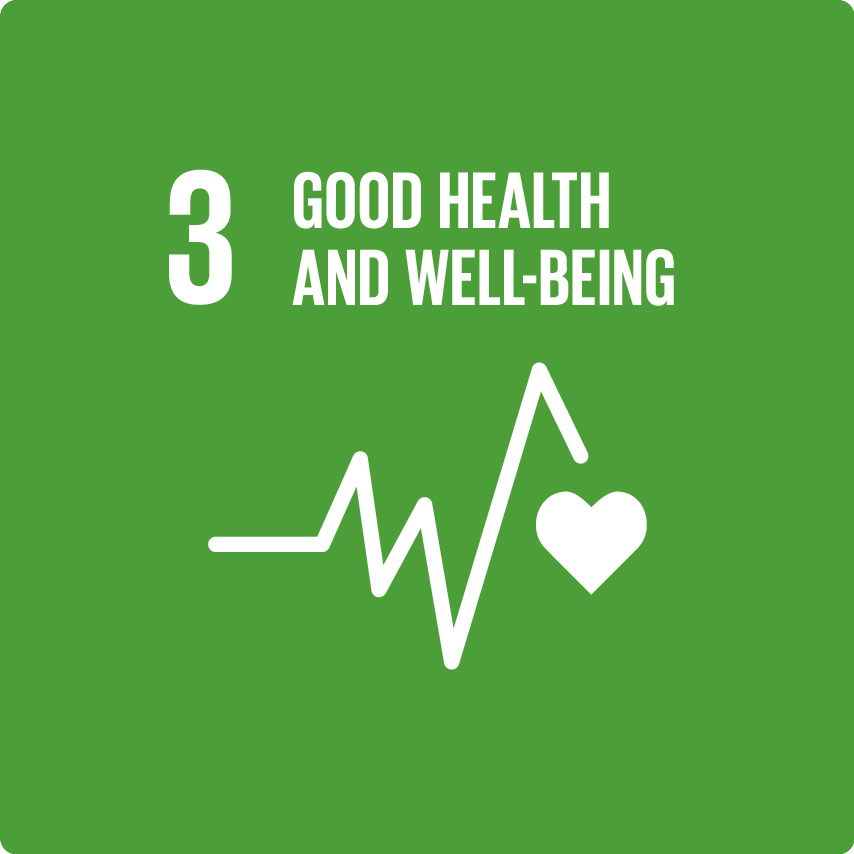Building TB Health Systems Capacity in High-Burden Countries
Johnson & Johnson has worked with governments and other partners in TB high-burden countries to build critical health systems capacity to combat DR-TB – and TB more broadly – in support of the global community’s goal of ending TB by 2030.
Objectives
To enable countries to build health systems capacity to diagnose and appropriately treat people living with TB and drug-resistant TB, while scaling up use of the first novel TB medicine in nearly half a century.
What are the health needs and challenges?
Tuberculosis (TB) is one of the world’s deadliest infectious diseases, claiming 1.6 million lives every year. Approximately, 95 percent of these deaths occur in low- and middle-income countries.
Growing resistance to the most commonly-used TB medicines is compounding this challenge. In fact, there are more than half a million cases of drug-resistant tuberculosis (DR-TB) every year, and DR-TB now accounts for nearly one-third of all deaths directly attributable to antimicrobial resistance (AMR). Just over 150,000 of these patients were diagnosed, meaning there are approximately 350,000 people with DR-TB who do not know they are infected. Every person who is not on treatment can infect an additional 15 people over the course of a year, posing a major threat to global health security. Disruptions to health systems and diversion of resources caused by the COVID-19 pandemic worsened the situation, resulting in 700,000 fewer people diagnosed and treated for TB in 2021 than in 2019.
Collaboration activities and how they address needs and challenges
For over a decade, Johnson & Johnson has been working with governments and local partners in high-burden countries – including India, South Africa, China and Indonesia, among others – to build critical health systems capacity to combat DR-TB – and TB more broadly – in support of the global community’s goal of ending TB by 2030. Areas of focus include improving access to MDR-TB treatment; training health workers on the clinical management of TB; responsibly stewarding and ensuring appropriate use of MDR-TB treatment regimens; supporting efforts to improve health-seeking behavior to find the “missing millions” of undiagnosed people with TB; and raising awareness and reducing stigma around TB at the community level.
Innovating to Meet New Challenges
As the COVID-19 pandemic diverted and disrupted TB services and care, we advanced several initiatives to ensure continuity of care for people living with TB. For example, in 2020, Johnson & Johnson, in partnership with Johnson & Johnson Innovation – JLABS, launched the DR-TB Lifeline Quickfire Challenge, issuing a global call for community-based, patient-centered solutions to ensure continuity of care, with awardees from India, the Philippines and Ukraine. Additionally, Johnson & Johnson helped strengthen linkages in DR-TB care and support efforts focused on the quality and provision of DR-TB services for patients, including focus on improving enrollment rates, reducing loss of follow-ups and streamlining new DR-TB site activations.
Geographic Reach
- Africa
- Europe
- South-East Asia
- Western Pacific
Disease Area
- Infectious and Parasitic Disease
Geographic Reach
Africa
- South Africa
Europe
- Ukraine
South-East Asia
- India
Western Pacific
- China
Disease Area
Infectious and Parasitic Disease
- Drug-Resistant Infections (AMR)
- Tuberculosis

